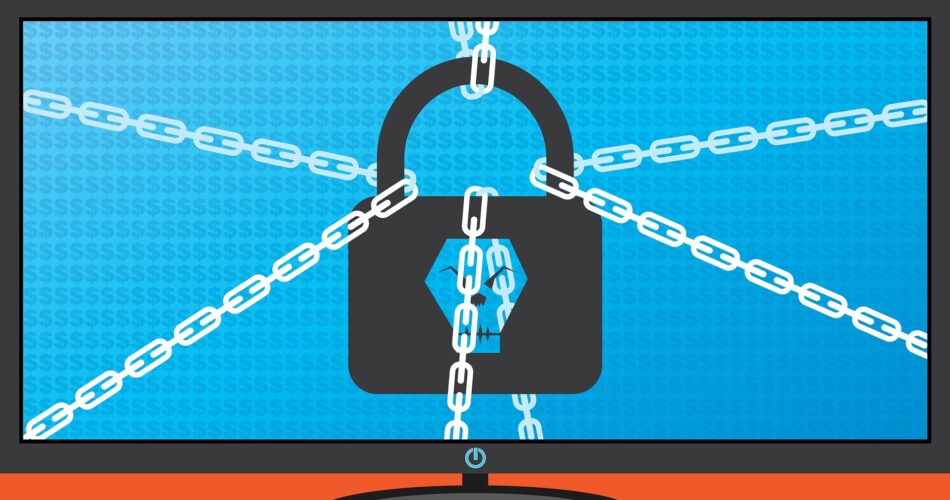The interchange of data and information has become more important in recent years as a result of improvements in the networking sectors. Network security is responsible for ensuring that the data that is transferred retains its integrity. In this session, we will look at the usage of proxies, which is one approach that can be used to safeguard our network as well as the data and infrastructure that is linked with it.
What is a proxy?
A computer receives a new IP address once it is connected to a proxy server. With this new IP address, the computer is then able to access the internet and all of the resources it contains.

Allow me to illustrate with an example: suppose you want to visit a website, but for some reason, your computer is unable to do so. This is a problem because of the website’s security measures and your IP address.

However, by utilizing a proxy, we may hide our true IP address and instead visit the site using one of the IP addresses that the blocked website accepts.
What is a Proxy Server?
The proxy server is a computer on the internet that acts as a go-between when a user makes a request for a certain website or other resource on the online.
The following are some of the services that the proxy server offers:
. In order to achieve this objective, the proxy provides data security for its clients when they access it and protects the system from cyberattacks such as efforts to hack it, as the word suggests.
. The Network Proxy service makes it possible to access private or secret content online while concealing your real IP address behind a proxy server. This is feasible because the service allows users to mask their genuine IP address. It is possible to disguise the information by making use of the IP address of the proxy server.
Next, you’ll learn how a proxy server works by reading through the “what is a Proxy?” tutorial
Why use Proxy?

Proxy services now allow you to take use of several helpful features, including but not limited to the following.
By shielding its users from potentially harmful infiltration attempts, the proxy service contributes to the reduction of online criminal activity. It is possible to prevent attackers from obtaining the client’s IP address data by using a proxy IP address, which is assigned to the client’s IP address.
The proxy service encrypts the user’s information request before sending it on to the information server, ensuring that it cannot be read by any prying third parties.
Utilizing a proxy may not only decrease the quantity of data that is sent, but it also has the potential to boost the rate at which data is retrieved. When the same information is requested several times, the cache file is used to speed up the process of retrieval in order to save time.
The Working of the Proxy server

The request for information or access to a website made by the client is first sent to the proxy server. After then, the proxy transmits the client’s request to view the website in issue to the website in question.
By concealing our real IP address, the proxy server helps to protect us from malicious online traffic and maintains the integrity of our connection to the internet.
Types of Proxy server
The proxy may be broken down into many distinct forms, such as:
Forward proxy server: User requests are sent from an internal server to the internet through a proxy server in a forward proxy configuration, after passing through a firewall. The firewall may either approve or disallow the request from the client, based on the kind of data being requested or the URL of the website being accessed.
Anonymous proxy server: If the user’s IP address is not hidden, then the proxy server is not set up as an anonymous proxy server. instead, it gives the client system anonymity.
Transparent proxy server: The client may conceal their identity when using this proxy server, which is known as “transparent.” While the proxy server may make certain user information inaccessible, the rest of it would still be out there on the web.
HTTP proxy: HTTP proxies remember the pages a user has visited and the data they’ve obtained in their cache. As a result, the next time the user accesses the cached website or data, they will notice a significant improvement in both speed and storage time.
Disadvantages of Using proxy
Client Request logging: As you saw earlier in the course, many proxy servers are set up to record the user’s IP address and the user’s requests for future reference. This may be useful for improving the proxy server, but it can also compromise the user’s privacy.
Free proxy services: Although convenient, using a free proxy service from the internet might end up compromising the user’s privacy and the security of their online requests.
Applying Encryption: In order to ensure the security of the user’s network traffic and the data the proxy server is delivering; it is essential to conduct a test.
Conclusion
You learned about proxy services by going through this tutorial on “what is a Proxy?” and looking into the material that was provided. You gained an understanding of the functions that are made available to the user of the proxy server in order to access data and information on the internet in a manner that does not compromise any sensitive data and protects the user from cyberattacks.

